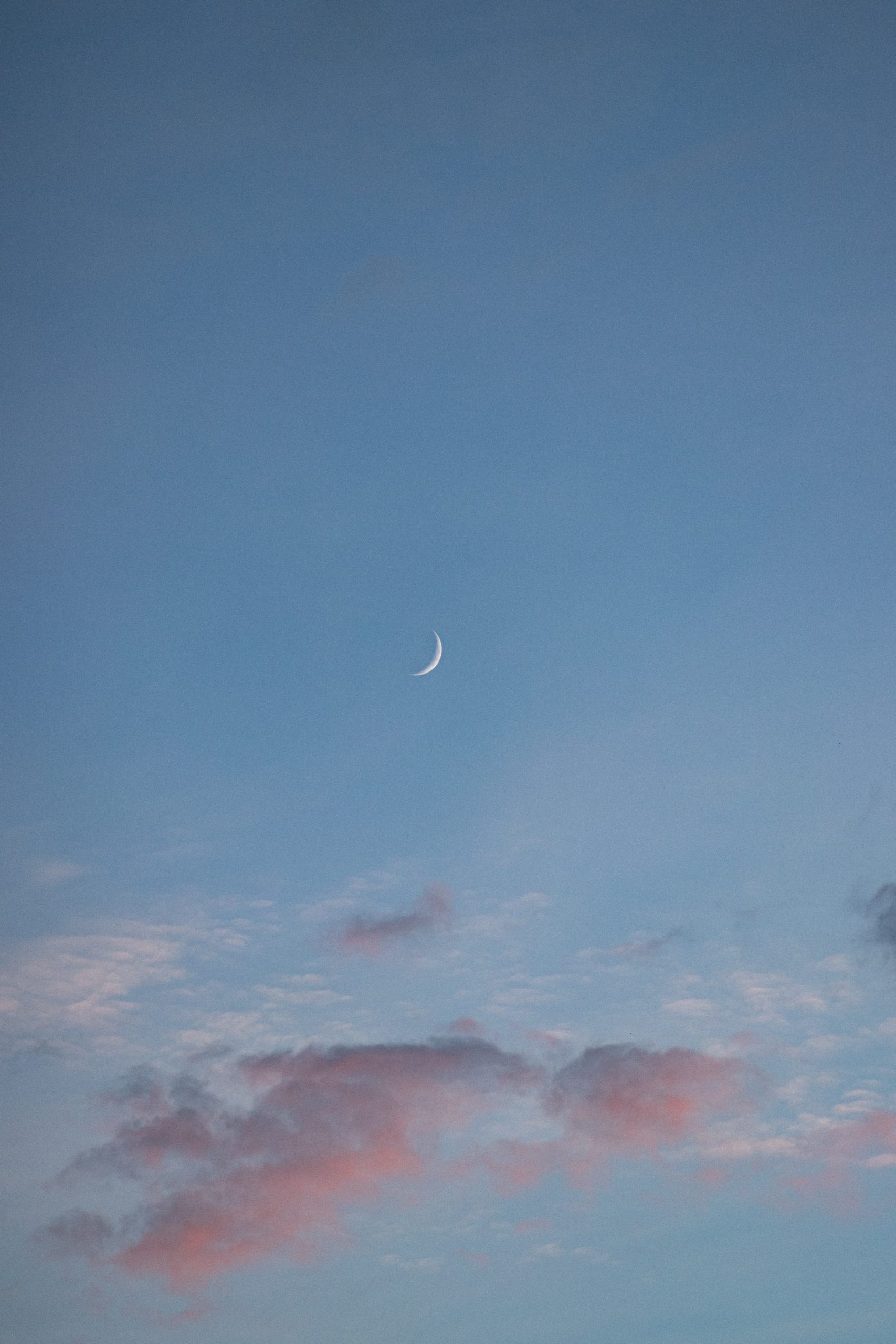The Meaning Behind the Ending of “Tree of Life” Movie – A Detailed Analysis
Terrence Malick’s “Tree of Life” is a cinematic masterpiece that explores the grand themes of existence, spirituality, and the human experience. Throughout the film, Malick weaves a complex narrative, blending elements of childhood memories, the creation of the universe, and a contemplation of the afterlife. The ending of the movie, in particular, is both mystifying and thought-provoking. In this blog post, we will delve deep into the symbolism and meaning behind the ending of “Tree of Life” and explore its philosophical implications.
The Final Sequence
The ending of “Tree of Life” is a culmination of the film’s exploration of life, death, and the interconnectedness of all things. In this sequence, we witness the reunion of a fragmented family in the afterlife, symbolized by a serene beach at dusk.
The first thing that stands out in the ending is the absence of dialogue. Malick chooses silence to convey the transcendental nature of this sequence, allowing the audience to connect with the imagery on a deeper, more intuitive level.
As the camera pans over the beach, we see characters from different points in the film, including the young boys from the film’s central family and other individuals who have had an impact on their lives. This gathering represents the convergence of different paths and the interconnectedness of all living beings.
The beach setting, with its calm waves, signifies a sense of peace and reconciliation. It is as if the characters have found solace in the afterlife, released from the burdens and conflicts of their earthly existence.
One key motif that recurs throughout the ending sequence is the image of a doorway. The characters pass through this door, symbolizing the transition from life to death and the journey to another realm. The imagery suggests that death is not an end, but a passage to a higher state of being.
The Cosmic Imagery
In addition to the beach setting, the ending of “Tree of Life” incorporates stunning cosmic imagery. Through breathtaking visual effects, we witness the birth and destruction of stars, the formation of galaxies, and the creation of our universe. This imagery establishes a connection between the microcosm of human existence and the macrocosm of the cosmos.
By juxtaposing the vastness of the universe with the intimate moments of human life, Malick suggests that the same cosmic forces that shape galaxies and stars also govern our individual destinies. The ending invites us to contemplate our place in the grand cosmic order and to ponder the mysteries of existence.
Furthermore, the cosmic imagery serves as a visual representation of the film’s central theme: the interconnectedness of all things. It highlights the idea that every action we take, no matter how small or seemingly insignificant, has an impact that ripples through the universe.
The Philosophical Implications
At its core, “Tree of Life” is a deeply philosophical film, and the ending encapsulates many of its philosophical ideas.
One of the main philosophical concepts explored in the film is the problem of evil and the existence of suffering. The ending suggests that suffering is part of the larger tapestry of life, and even in the face of tragedy, there is hope for redemption and reconciliation.
Moreover, the ending invites contemplation on the nature of time and the eternal. By bringing characters from different periods together in the afterlife, “Tree of Life” suggests that time is not linear, but rather a cyclical and interwoven continuum. It implies that the past, present, and future are interconnected and that our actions reverberate throughout time.
The ending also raises questions about the nature of reality. Is the beach sequence a literal depiction of the afterlife, or is it a metaphorical representation of inner peace and acceptance? Malick leaves the interpretation open-ended, allowing each viewer to imbue their own meaning into the sequence.
Conclusion
The ending of “Tree of Life” is a breathtaking and enigmatic conclusion to a film that seeks to explore the deepest existential questions. By blending imagery of the afterlife, cosmic creation, and the interconnectedness of all things, director Terrence Malick invites viewers to reflect on the nature of life, death, and the universe itself.
The ending’s profound silence, symbolic beach setting, and cosmic imagery all contribute to an emotionally resonant and visually stunning finale. “Tree of Life” asks us to contemplate our place in the universe and find meaning in the interconnectedness of all existence, leaving each viewer with a unique and personal interpretation of its final sequence.
Table of Contents
